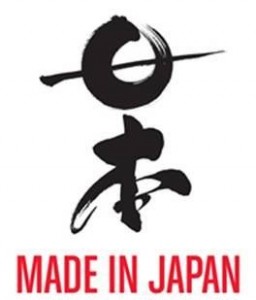 This post is the 2nd of a guest post in 2 parts, and re-published with kind permission of the author. Read Part 1.
This post is the 2nd of a guest post in 2 parts, and re-published with kind permission of the author. Read Part 1.
Author: Himmy, Twitter: @himmy0730.
Everything taken together: Too much of bulk risks not to be taken seriously.
It is with this background that Japanese fashion companies started to shift strategies: They had reached their limits, and were no longer able to further cut into their profit margins to remain competitive: They had ended up without any capacity to grow at all. The need for a supplier infrastructure that could produce high quality, stable and on-time delivery was evident. The strategic decision some Japanese companies took was a shift ‘back to the roots’: All eyes started to turn inwards again, namely towards the local market, and suddenly producing in Japan was back on the discussion table.
Japan find itself currently in a historical, critical moment, where the textile industry, built chiefly after WWII, is at a high risk of disappearing entirely.
In the years after the war, Japan was known for textiles produced in high-tech environments, under the stern eye of experts of their trade. But, the price competition against China and the lack of investment in the last couple of decades, has left the industry severely damaged. The majority of the experts have retired from their trade, and the young folk was (and is) not interested in taking over and learning from them. The elder generation’s knowledge has probably been lost for good.
With the given manufacturing situation in China becoming tougher and tougher, the Japanese textile industry suddenly started to realise the value and importance of their own manufacturers, and the advantage of producing locally.
In the following, an arbitrary selection of brands that have shifted, or are shifting, their production back to Japan.
1. Shoe maker “Esperanza” will shift to having its 100% of its products made in Japan by July 2011.
2. Japanese fast fashion brand “RODEO CROWNS” recently shifted to Japanese manufacturing units. They use their free “RODEO-shinbun” (Engl. RODEO newspaper) to introduce their customers to how and where their products are made. In addition, they take their staff to field trips to the factories, and train them in how to explain customers how their product prices come into being.
3. Hat brand “CA4LA” which also had been manufacturing in China, invited a number of Japanese millinery master craftsmen into their company as principle designers. They also took their sales staff on a field trip to see where and how the hats are being made, and educates them on their made-in-Japan hats.
What it fascinating though, is that all of these brands are famous and well-loved brands based on their designs. Their customers are people who, in principle, have no interest whatsoever in buying clothes because of their ethical credentials.
It is the fashion industry environment and the brands’ market positioning that made them naturally take ethically sound decisions – which is where, judging by the signs of the time, the trend is heading towards.

